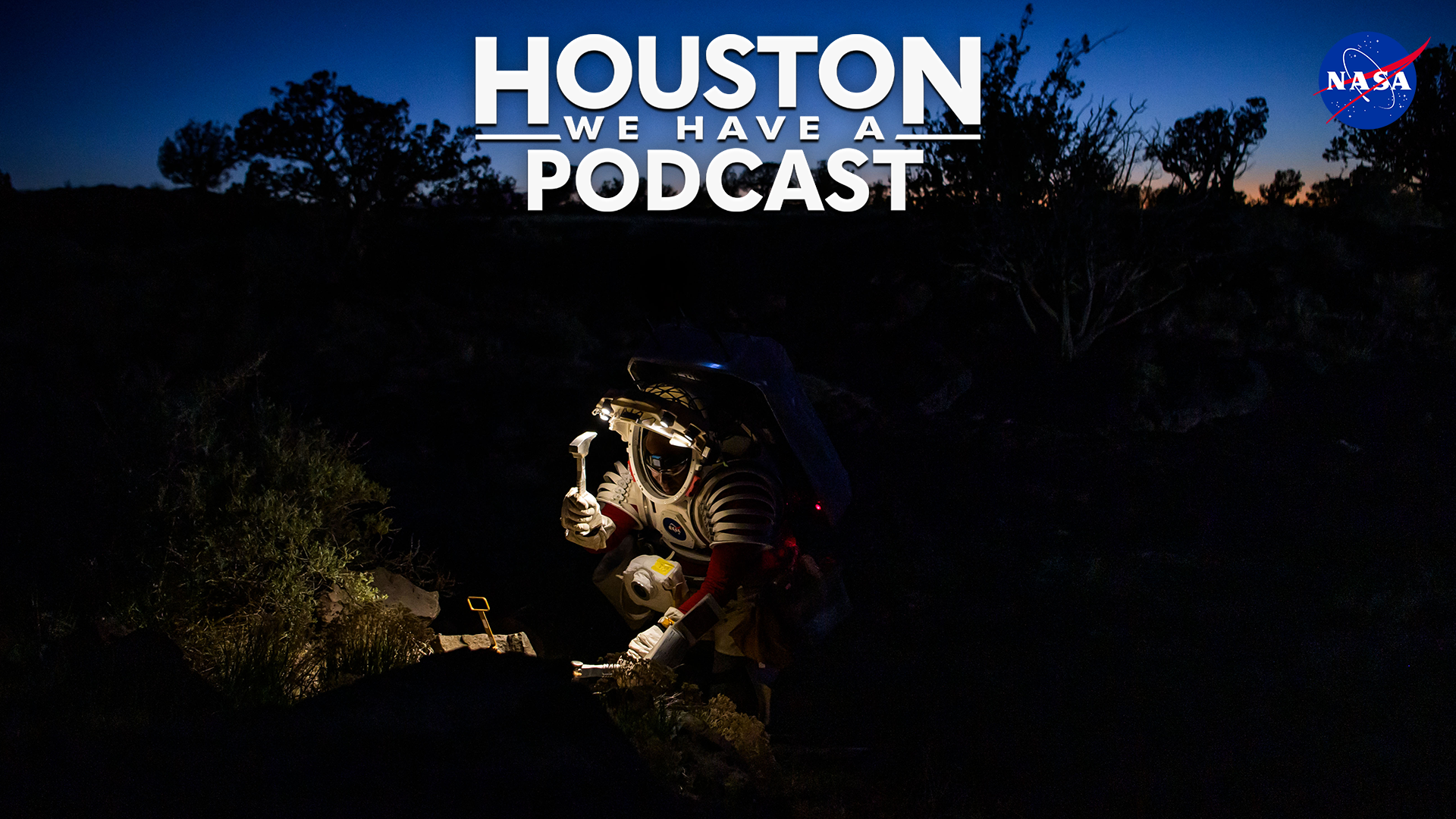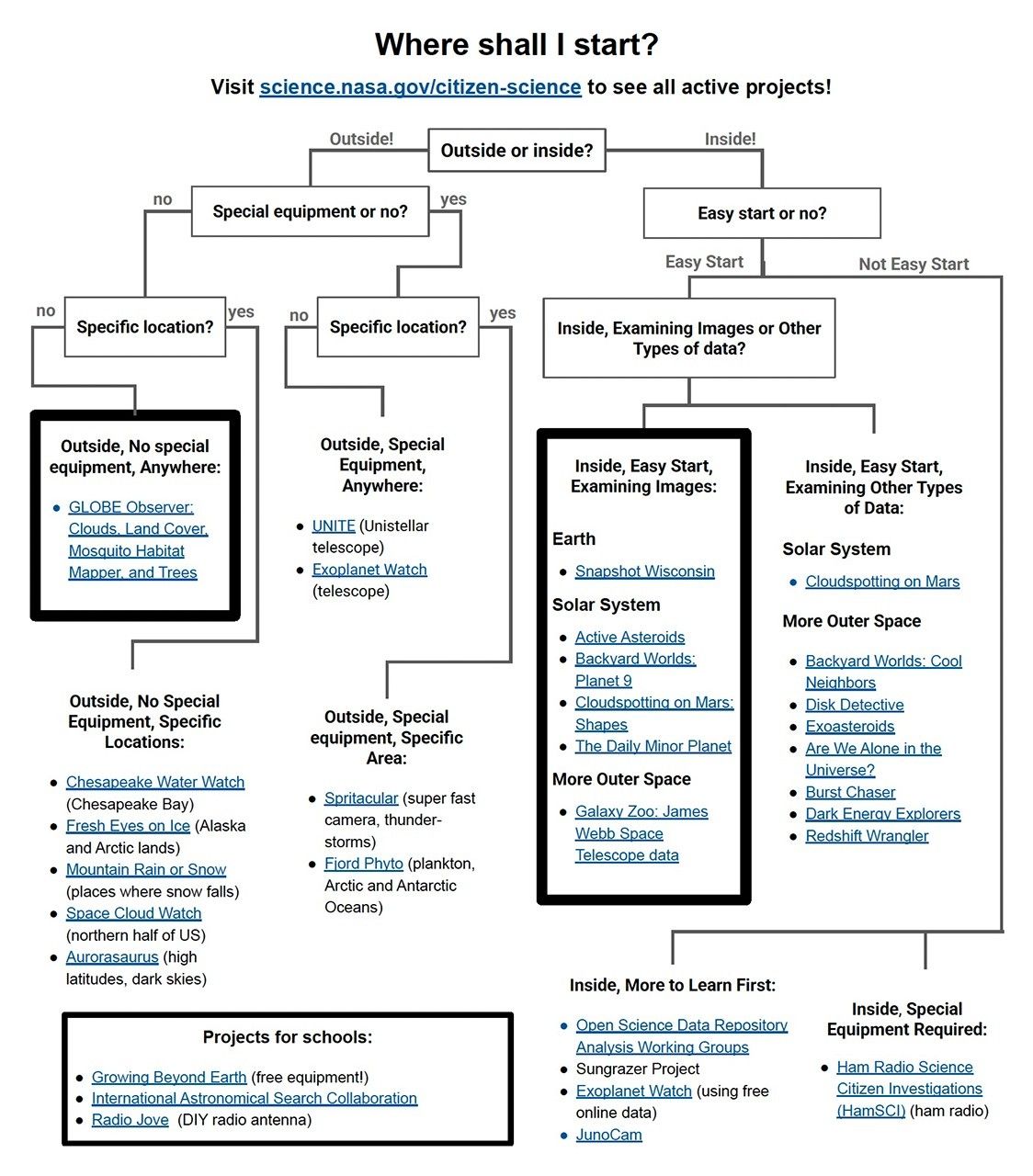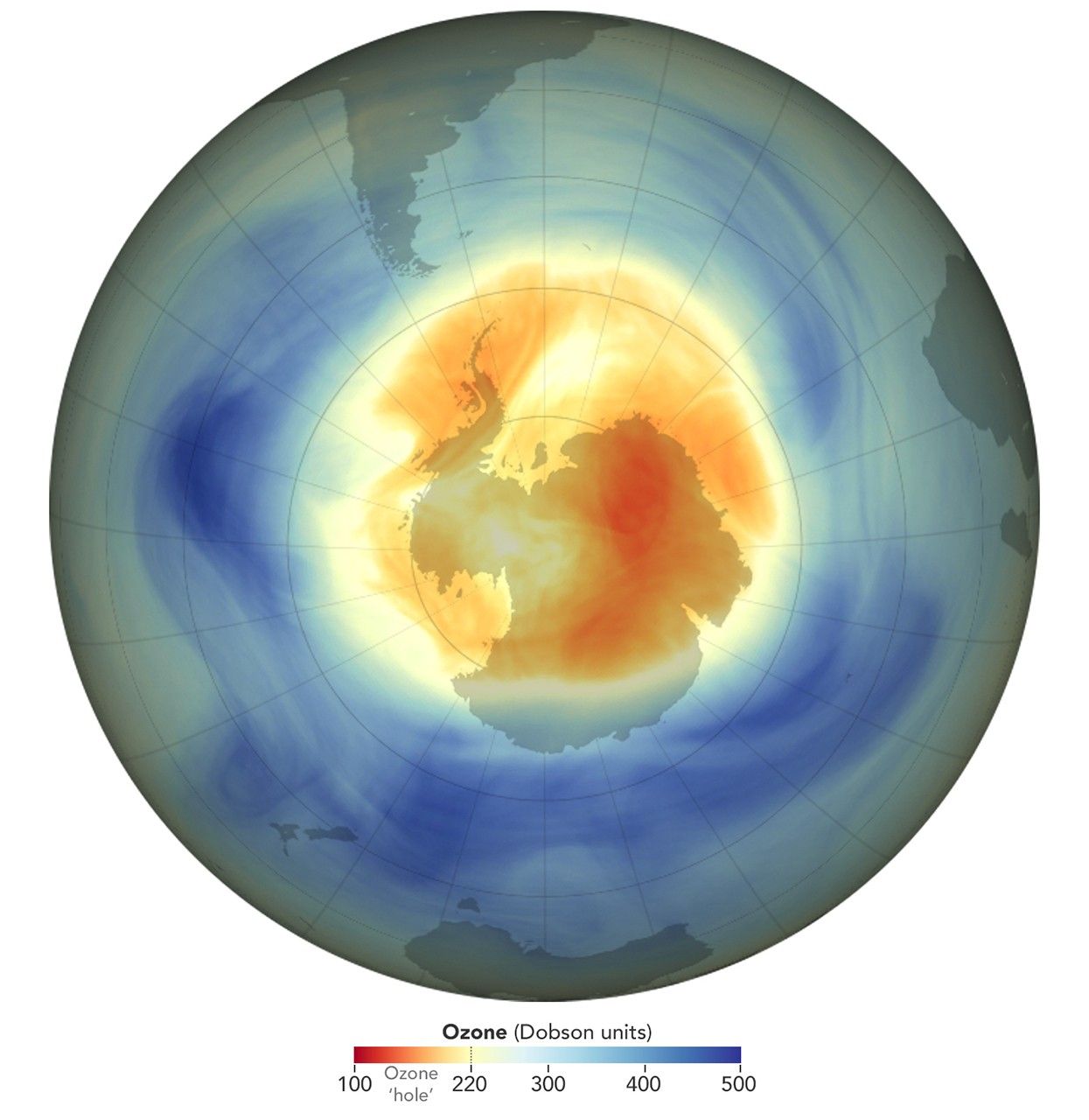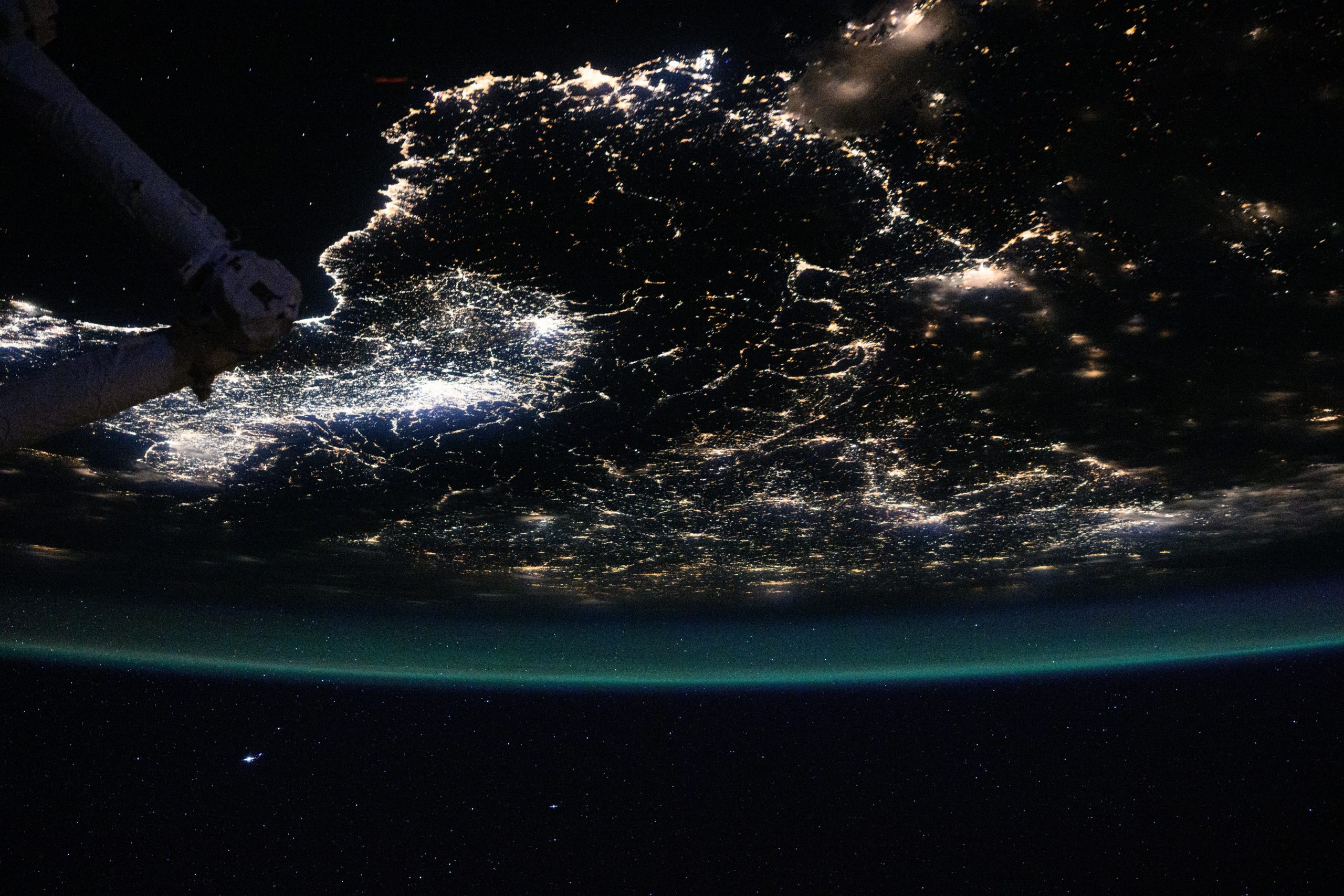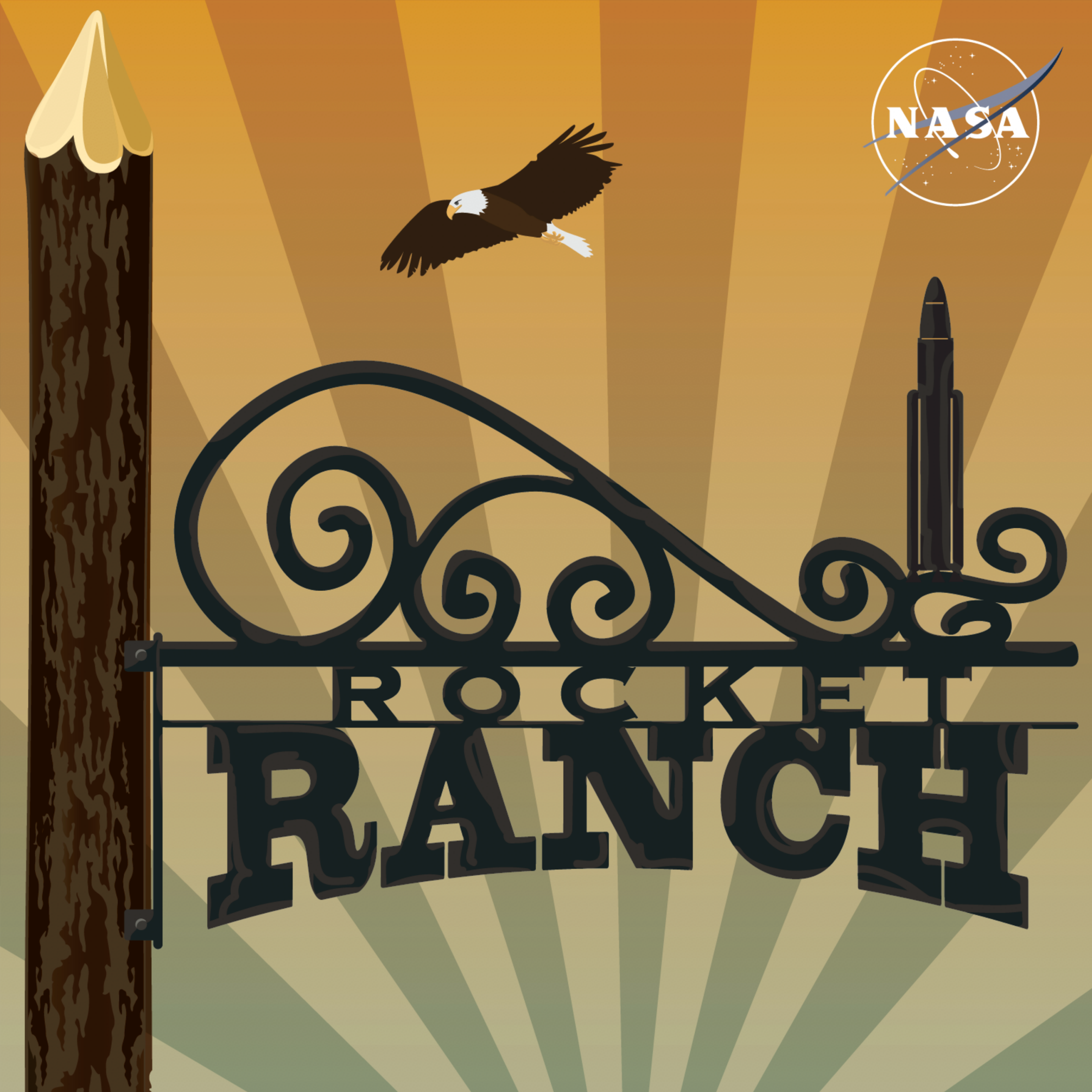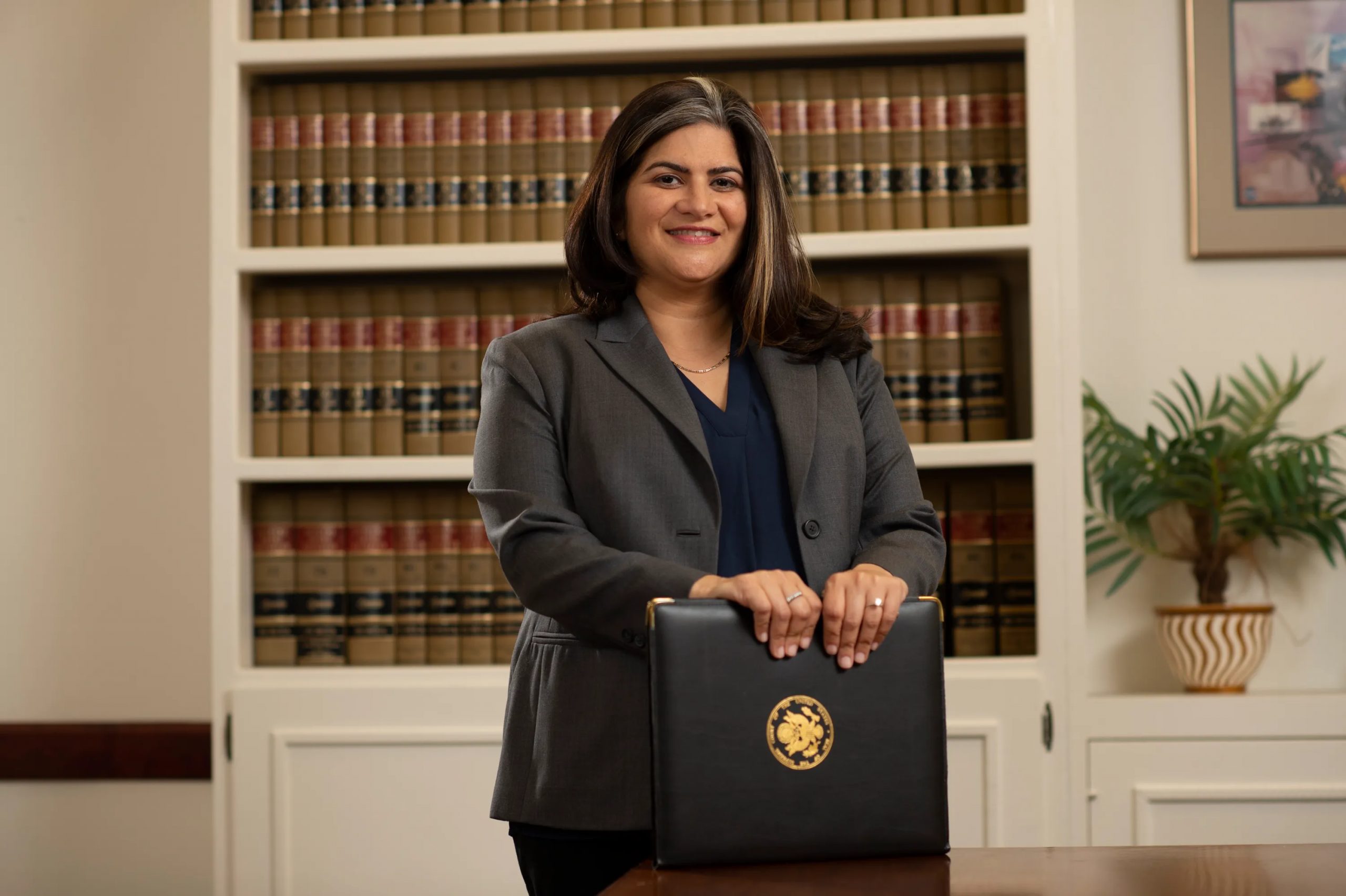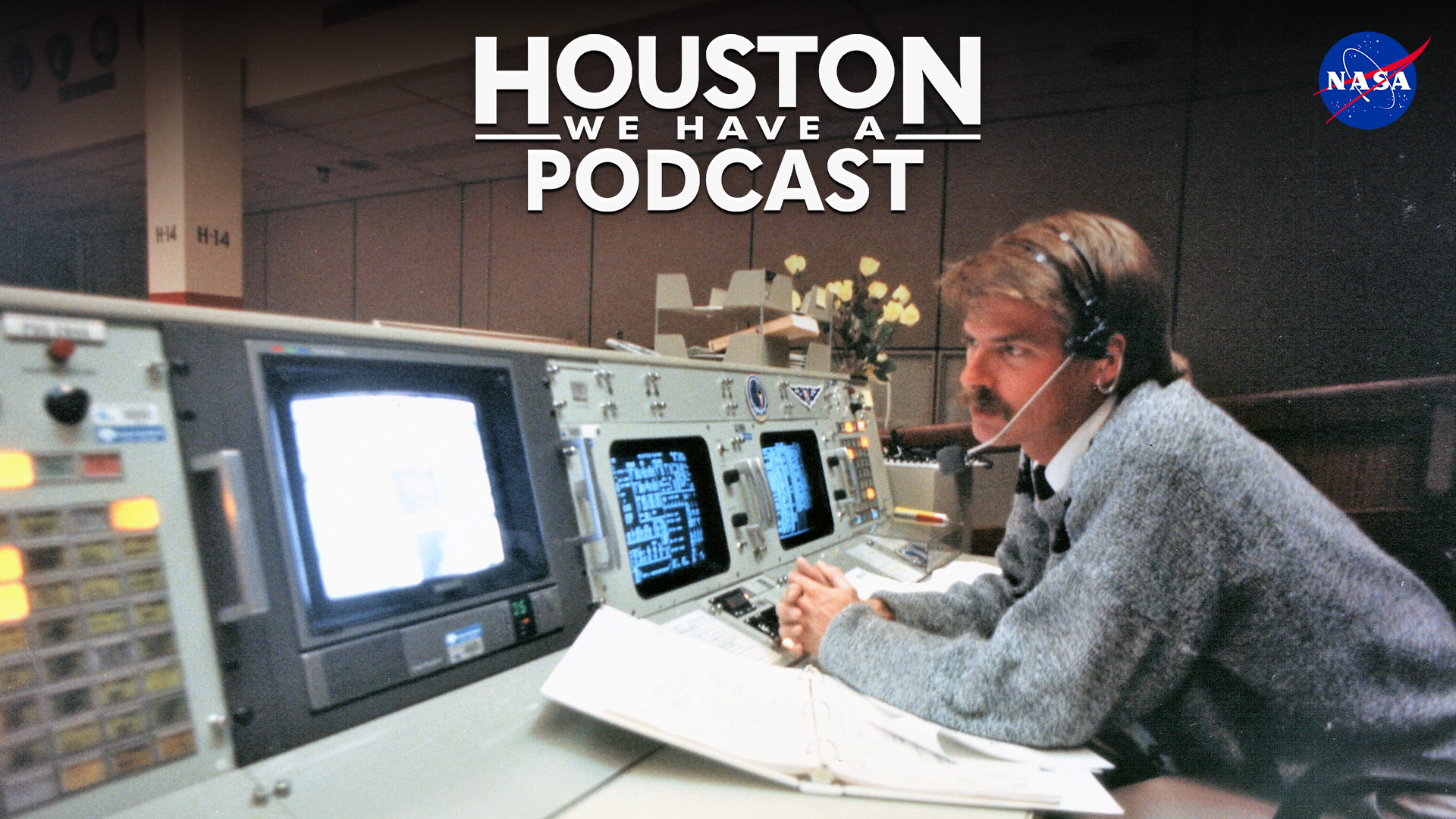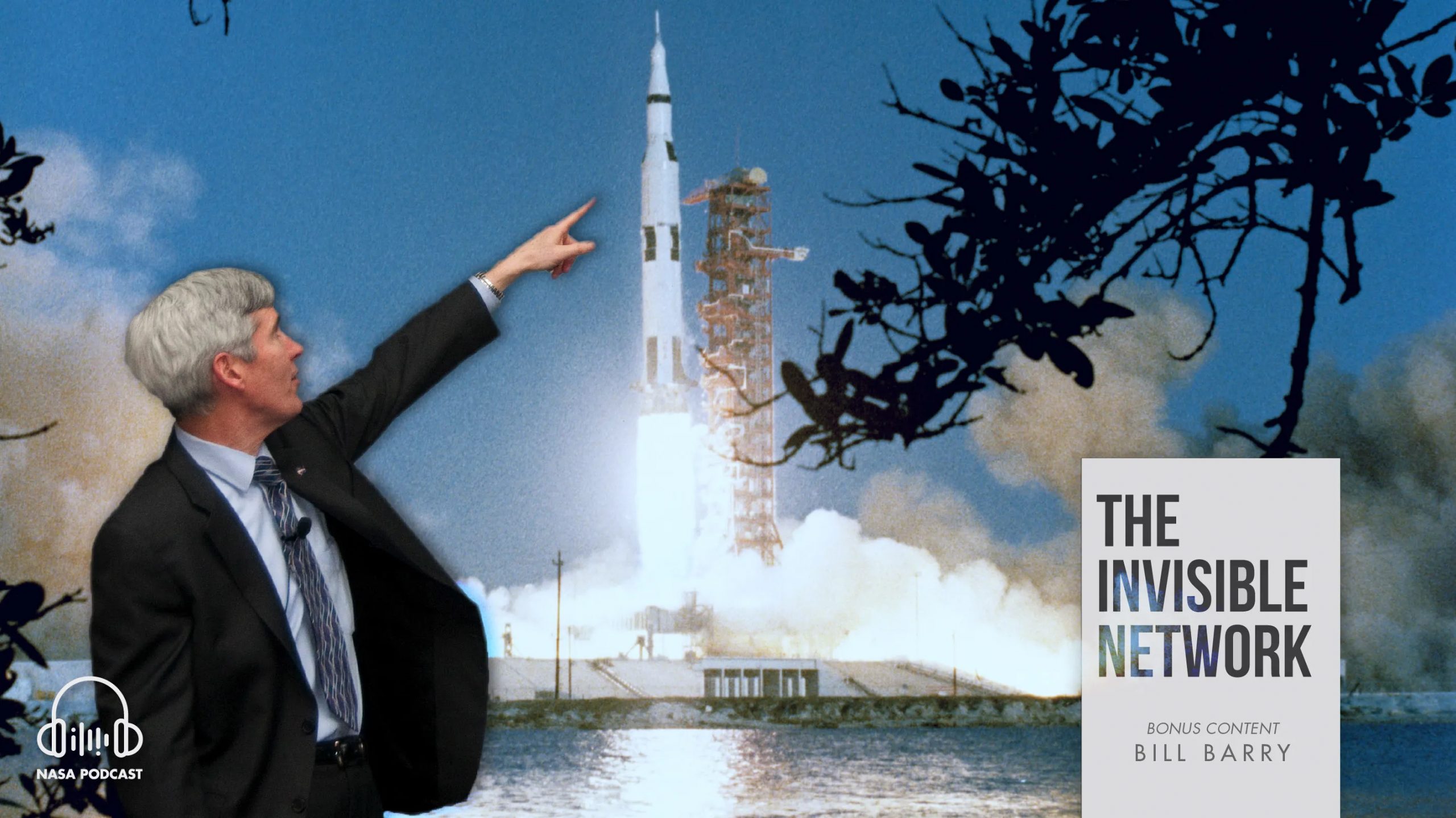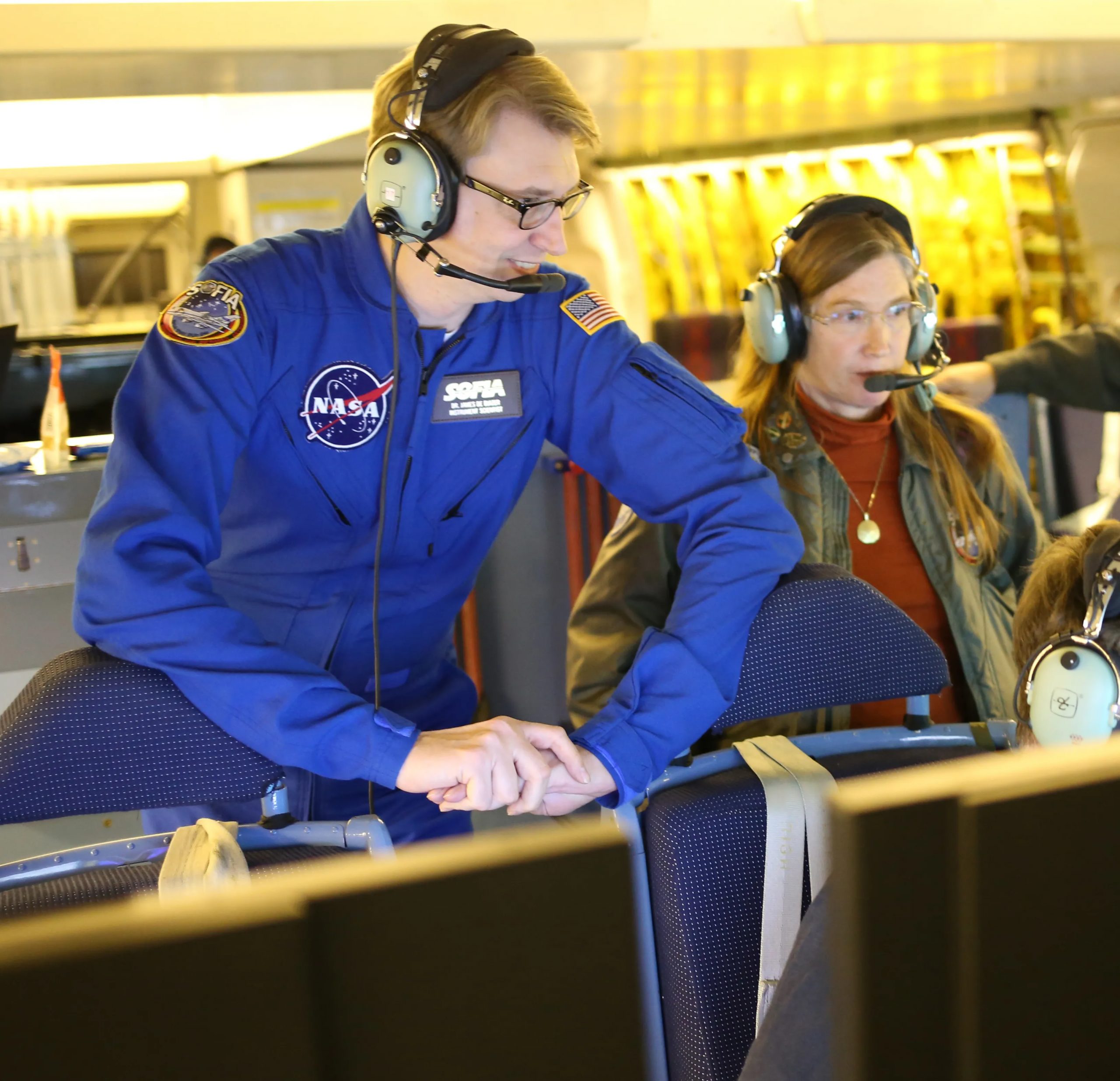Season Three, Episode 1: An Astronaut’s View of Earth
Transcript (music) 9 News Australia Reporter: “…Cornonavirus emergency. The World Health Organization has declared cornonavirus a global pandemic…” [00:07] Narrator: This has been a tough year for the people of planet Earth. BBC Reporter:…so anybody coming back from Wuhan, when we returned, needed to quarantine… NPR Reporter:…the viruses circulating today look remarkably similar to the ones that appeared in China late last year… CBS Reporter:…thousands broke the lock-down rules to deliver a message of solidarity with American protestors… Protestor: Black Lives Matter! May 28, 2020 New York City protest: I can’t breathe! I can’t breathe! [00:34] Narrator: As difficult…

